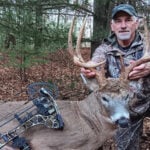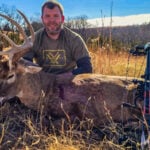With the growing availability of facts, misinformation, and concern about Chronic Wasting Disease (CWD)—there are large questions that must be answered. You may be confused on the most basic levels about CWD, what it is, what it does, and how you, as a hunter, should handle CWD. Let me first dive in and hopefully answer some basic questions, and then tackle one of the issues most concerning to the everyday hunter–are CWD deer safe to eat?
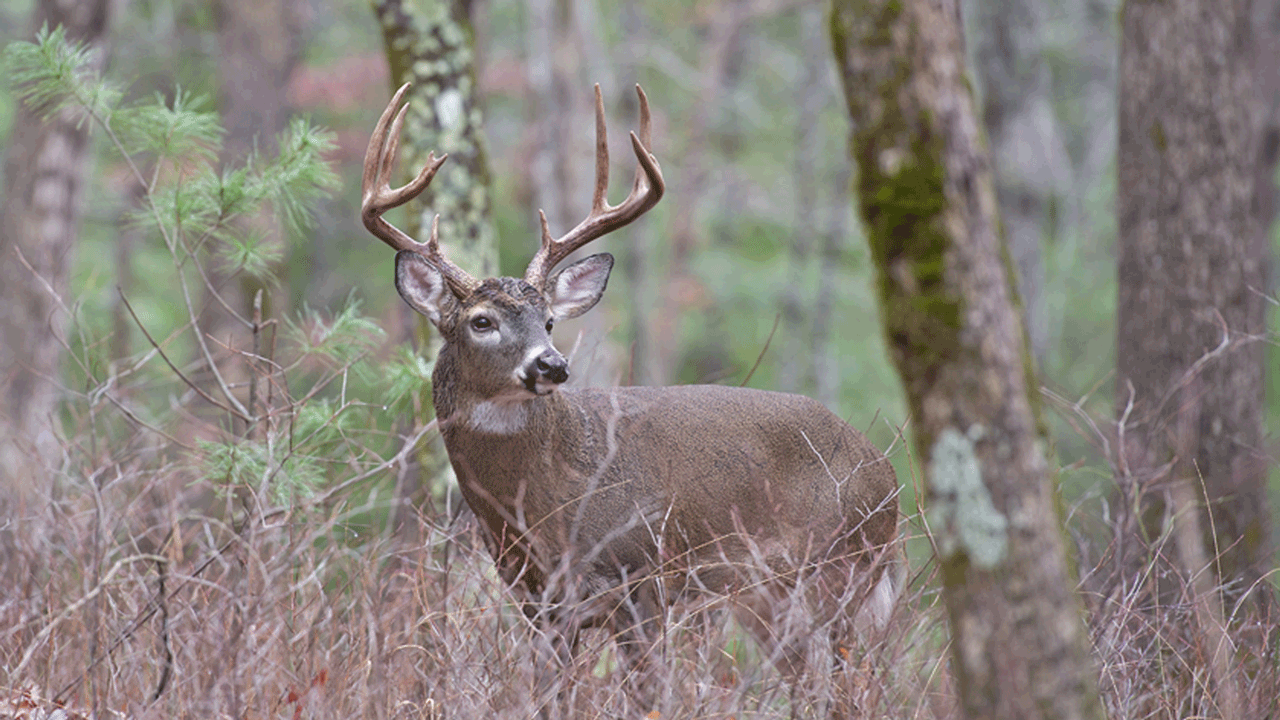
Wold you eat a deer infected with CWD? Should you? (Photo – MDWFP)
What is CWD?
Chronic Wasting Disease is a transmissible spongiform encephalopathy (TSE) or prion disease in the cervid (deer) family and is always fatal.
CWD is not a hoax and was not made up by insurance companies or government agencies. CWD in deer is spread mainly through deer-to-deer contact. Mutual grooming, breeding, contact with saliva, and urine are all examples of how CWD spreads from deer to deer.
CWD has been around for quite some time, but with its recent spread and increase in prevalence where the disease already exists, there is growing concern about increased exposure to humans and deer throughout the U.S.
CWD was discovered during the 1960’s in a Colorado research facility. It was first recognized in the wild in 1981 in free-ranging elk from Colorado. Although I was young at the time, CWD was discovered in an isolated incident in far western Dane County of Wisconsin in 2001.
Being from southwestern Wisconsin, I have seen CWD grow in the area where it was first discovered and continue spreading into the county where I hunt. At the epicenter of the disease in Wisconsin, western Dane County, and eastern Sauk counties of Wisconsin, prevalence rates in adult bucks are nearing 50%.
Why do adult males, bucks, seem to test positive at higher rates than does or young bucks? Per Bryan Richards, CWD project leader for the United States Geological Services, it is simple – “adult bucks groom one another heavily throughout summer months, disperse, and have expanded home ranges during fall, therefore have a higher chance to shed infectious agents throughout the environment.”
Could it be that managing for older bucks is a negative consequence of the spread of CWD?
You may have heard bar stool conversations such as ‘I have killed more deer than CWD, or ‘winter kills more deer than CWD.’
Many people fail to understand how CWD works in a deer’s body. Once a deer is infected with CWD, there is an 18-24 month ‘incubation’ period. Only around 18-24 months after being infected will a deer show the clinical signs of CWD which include appearing skinny, salivating heavily, and being un-afraid of humans.
A deer infected with CWD will appear completely healthy until the final stages that CWD is running its course inside the deer’s nervous system. In January 2018, a hunter in Mississippi personally saw a deer 4.5 years of age die of CWD right in front of him. After testing, the results showed positive for CWD.
So to say deer do not die from CWD is not factual. Most likely, many CWD infected deer are killed during the incubation period in which they appear perfectly fine. Subsequently, those deer are not tested for CWD which influences false narratives of CWD.
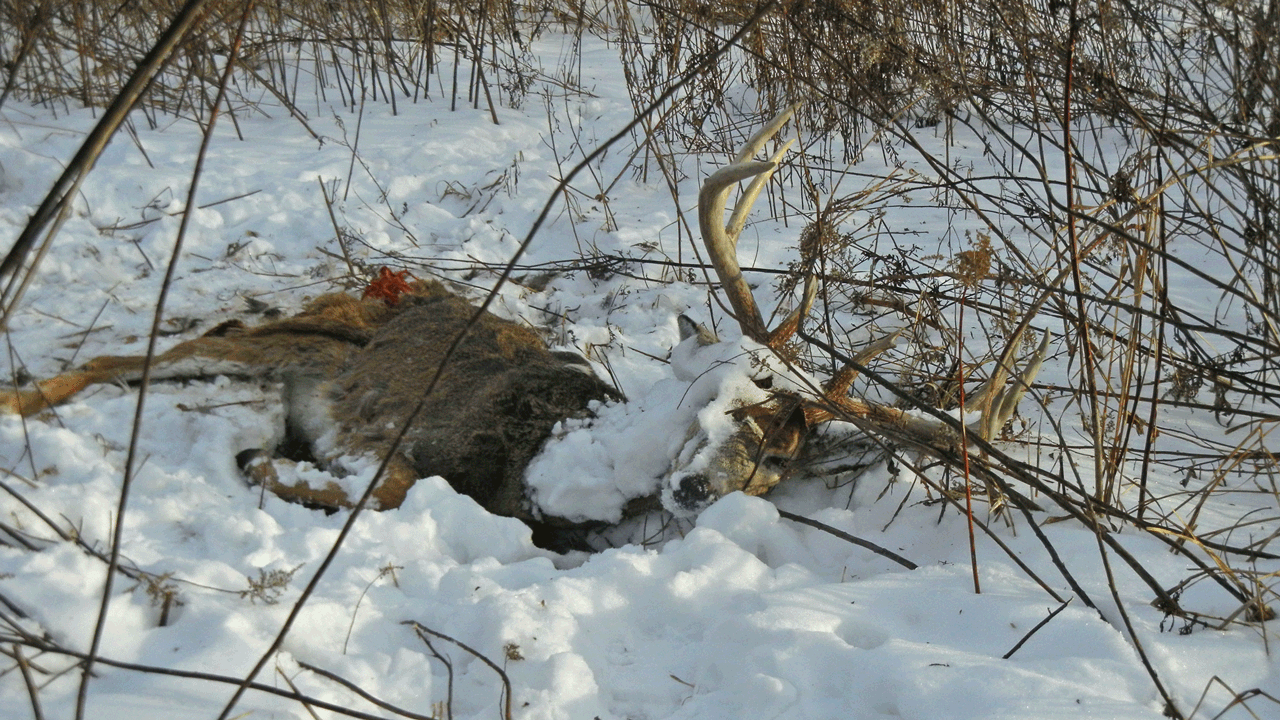
CWD is a hot topic these days, but have you considered whether or not you should eat a deer that’s infected with CWD?
Are CWD Deer Safe to Eat?
Perhaps the most important question to hunters and families is whether CWD infected deer can be eaten. Can they? Well, sure, but the CDC and other top health organizations have said loud and clear to NOT eat deer knowingly infected with CWD.
With prevalence rates soaring in areas of Wisconsin and mountain states of Wyoming and Colorado, it’s safe to say consumption of CWD meat has happened. Bryan Richards claims “It’s very clear humans are exposed to disease associated prion protein from CWD, whether that will result in transmission of disease across the species barrier is an open question, we absolutely cannot say it will, we absolutely cannot say it won’t.” The human TSE form is called Creutzfeldt-Jakob disease and has been contracted by humans eating cattle infected with bovine spongiform encephalopathy, BSE, or mad cow disease.
Like Richards stated, we cannot rule out that CWD can be transmitted to humans, but no stories of human health issues tied to venison consumption have held up under scrutiny.
A recent study published in 2024 using human cerebral organics has shown that transmission of CWD from deer to humans remains “highly unlikely”
It is recommended you have your deer tested for CWD and handle potentially infected meat with caution. Cooking, incinerating at high temperatures, or aging of the meat or carcass will not eliminate CWD from infected meat.
If your deer tests positive for CWD, do not eat the meat and check with local authorities for proper disposal of the meat and carcass. Volunteers in southwestern Wisconsin are working hard to make the disposal of meat from CWD-positive deer much easier for this upcoming season.
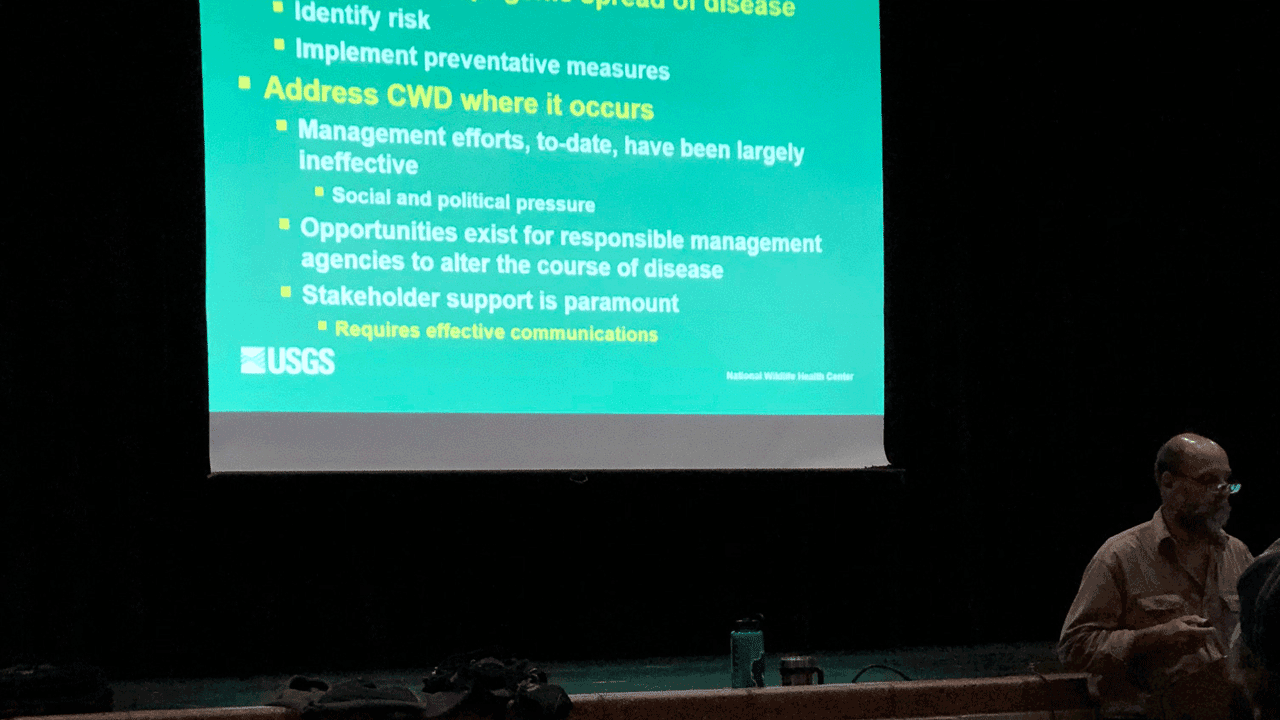
CWD seminars across the country are designed to educate hunters on the cautions and concerns of CWD.
Another concern is whether deer infected with CWD can spread this disease to domestic animals such as cattle raised for beef. “There is no evidence that it has”, claims Richards. The CDC also says, “CWD does not appear to occur naturally outside the cervid (deer) family.” As mentioned, cattle have their own version of prion disease called BSE, or mad cow. As of yet, it is not known that CWD in deer can spread to other animals.
Are CWD Deer Safe to Eat? -Conclusion
Time will tell more about how and if CWD deer impact hunters through consumption and handling. As mentioned above, it is not recommended to consume venison from a CWD infected deer although there has yet to be a case of CWD spreading to humans from deer, and studies indicated that the occurrence is highly unlikely.
My recommendation, along with that of the CDC and other health organizations, is that if you have a deer that tests positive for CWD, just say no.

 By
By 

